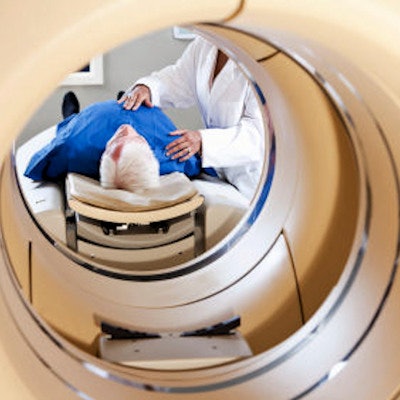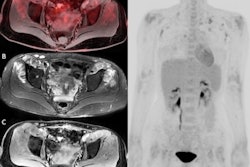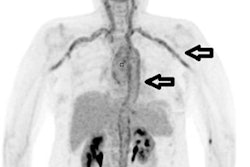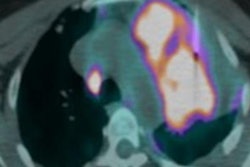
F-18 FDG PET/CT could be an effective tool for evaluating unexplained fevers -- and thus improving how quickly patients can be diagnosed, according to a study published online August 23 in Clinical Infectious Diseases.
The study results also suggest that using PET/CT for patients with "fever of unknown origin" could make care delivery more precise, wrote a team led by Dr. William Wright of Johns Hopkins University in Baltimore.
"The presence of abnormal [F-18 FDG] uptake can help direct further investigation that may yield a final diagnosis ... [while] a lack of abnormal uptake can be reasonably reassuring that these conditions are not present, thereby avoiding unnecessary additional testing," the group wrote.
Fever of unknown origin is defined as when a patient has "unexplained fever for three outpatient visits or three days in hospital," Wright and colleagues noted. These fevers tend to fall into five categories -- infections, cancers, noninfectious inflammatory disorders, miscellaneous other disorders, and undiagnosed illness -- and they often require thorough diagnostic workup, including laboratory tests and imaging.
The U.S. Centers for Medicare and Medicaid Services (CMS) has not approved coverage of outpatient PET/CT for unexplained fevers. But studies have suggested that using the modality could improve diagnostic accuracy and save costs in the long run.
"Use of [F-18 FDG PET] has been recommended for patients in whom clinicians are faced with absent or unrewarding, misleading potentially diagnostic clues," Wright's team noted. "In modern practice, [F-18 FDG PET] is almost always combined with computed tomography imaging ... Currently, [F-18 FDG PET/CT] is seen as a last resort, sometimes forcing a hospitalization to obtain the study that elevates costs to the healthcare system. We propose that [the exam] has value placed earlier in the diagnostic strategy despite potentially prompting invasive testing."
Wright's group conducted a literature review of four studies to assess the efficacy of PET/CT for evaluating unexplained fever. It found an overall sensitivity of 97.9% and an overall agreement with other diagnostic techniques of 78.9%.
This prompted the team to conclude that "clinicians and insurers should consider [F-18 FDG] PET/CT as a useful tool when preliminary studies are unrevealing."
Additionally, using PET/CT to further evaluate fever could save time and money, according to the authors.
"Reducing unnecessary, invasive, and expensive diagnostic investigations, achieving an earlier final diagnosis, and reducing the number of undiagnosed cases are how [F-18 FDG PET/CT] may limit the cost of fevers of unknown origin evaluations," they wrote.





















